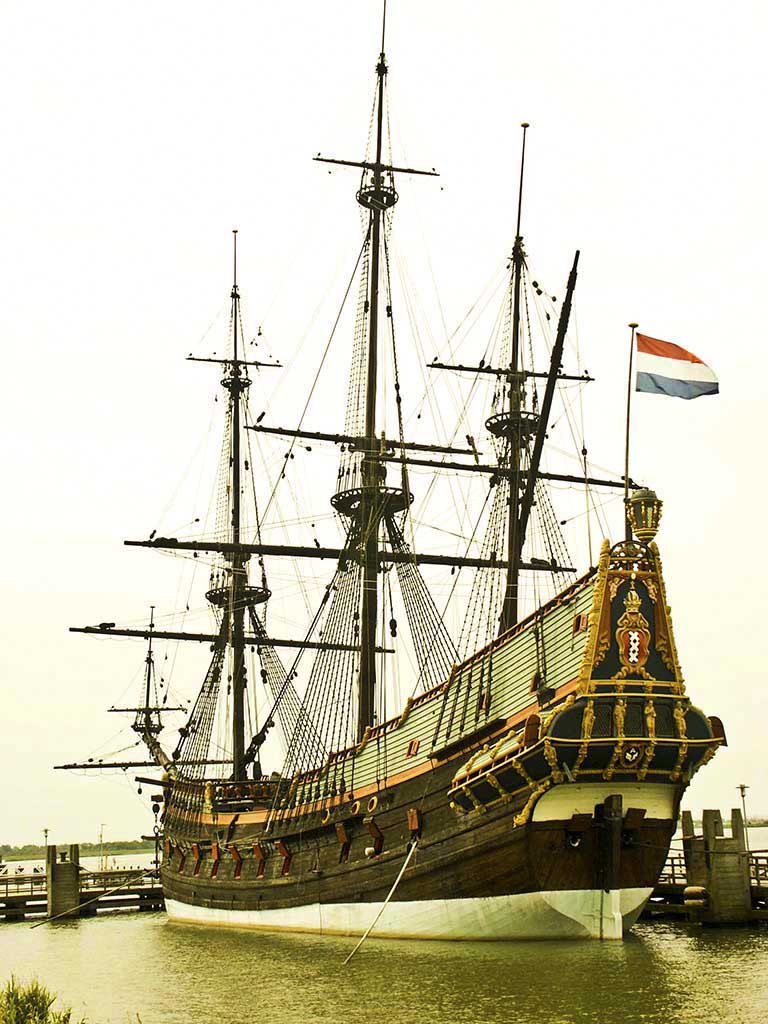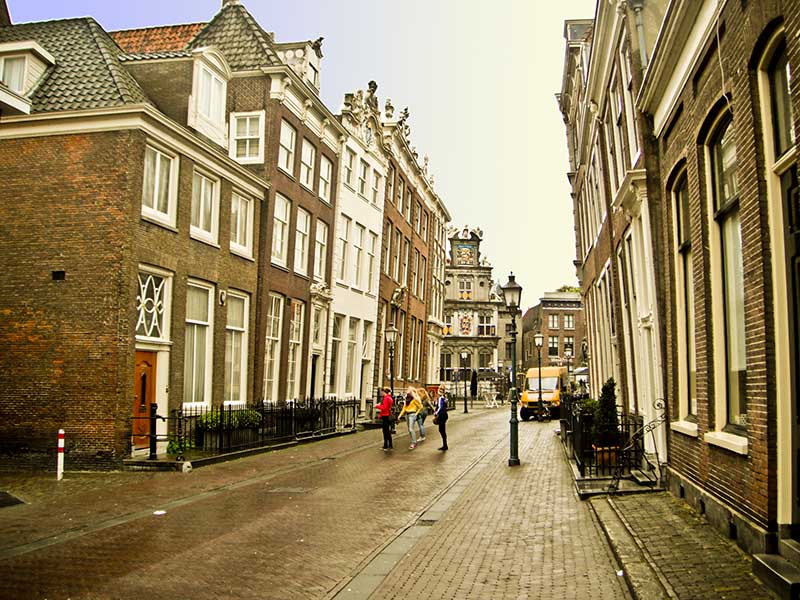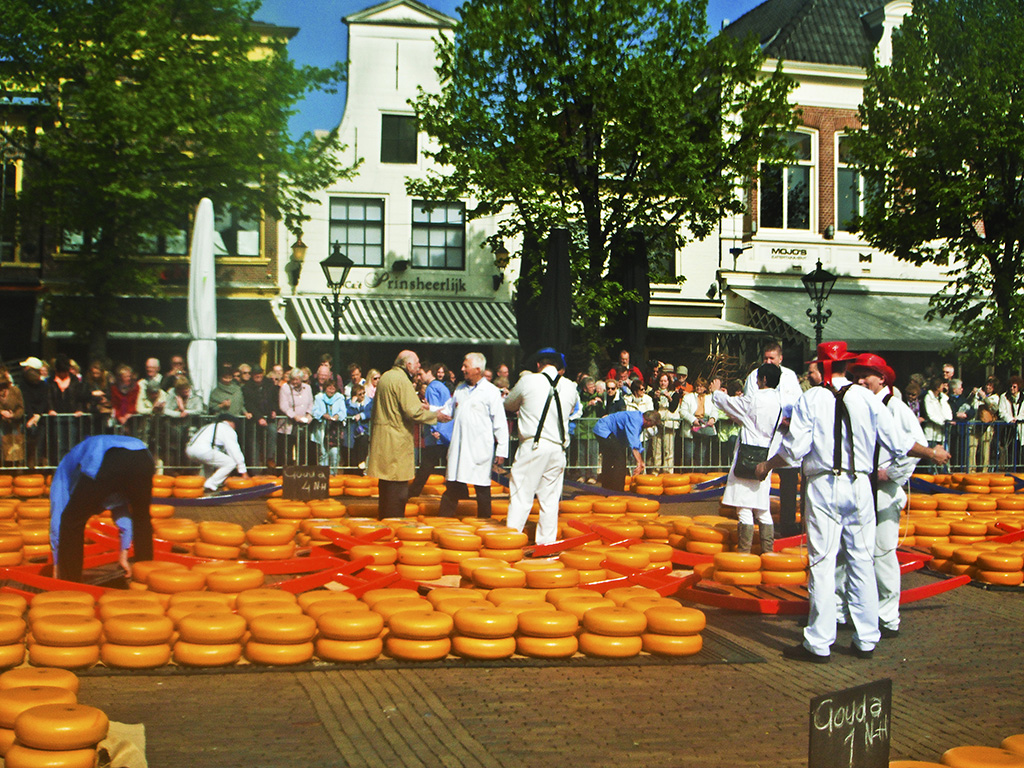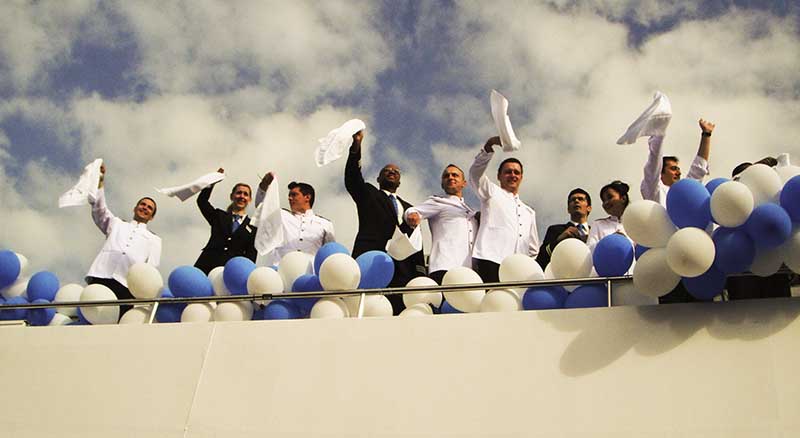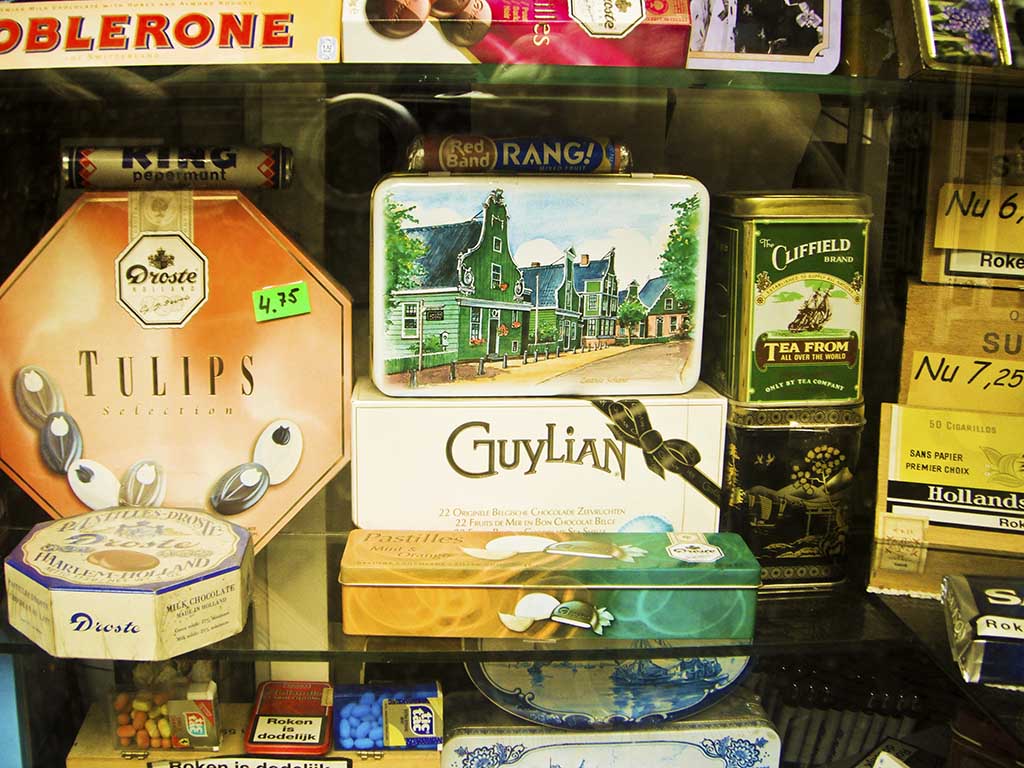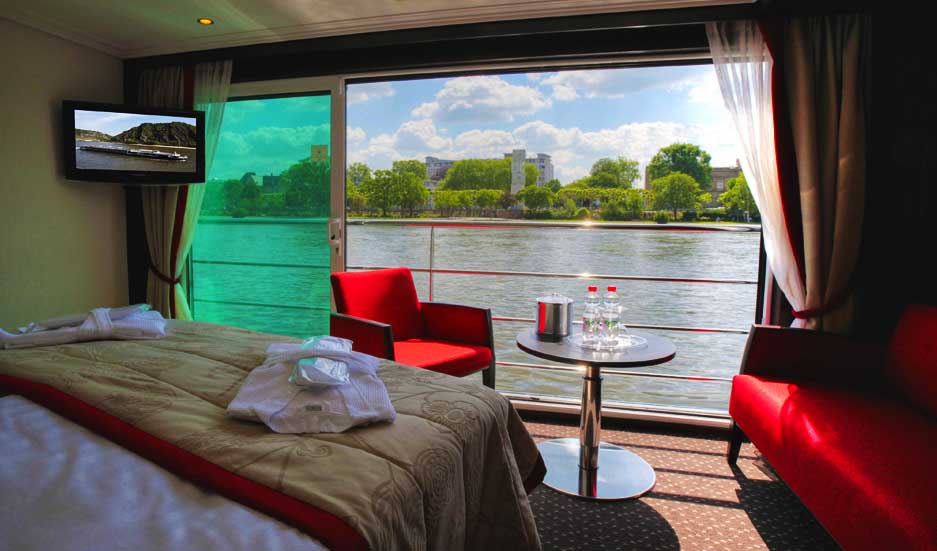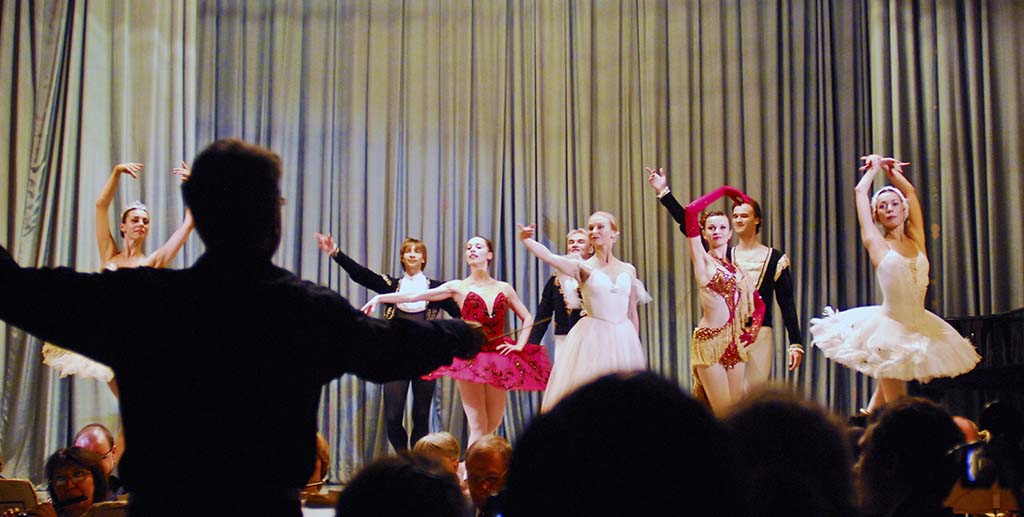
You’ve got to hand it to those early Dutch traders for fuel efficiency. They could travel thousands of miles on a galleon. Okay, bad joke. But you’ve still got to marvel at the bravery of sailors who set out for months in aboard remarkably cramped wooden ships with only a hope that they’d might make it back home alive.
In a total contrast, we’re arriving at the Dutch port of Lelystad aboard Avalon Waterways’ most futuristic of space ships. Avalon Vista boasts the latest in latest in comfort and amenities with suites that are 30 percent larger than the modern river cruise average. So pulling in to the dock filled with tall-masted ships from the era of sail seemed like entering a time warp.
Lelystad is a different cruise port in Holland. Unlike the historic Dutch ports of Amsterdam, Hoorn, Enkhuisen and Volendam we’ve visited on this cruise of the Avalon Vista, this is a place that was born almost yesterday. It’s no surprise in the Low Countries that this was land reclaimed from the sea and is actually 5 meters below sea level. But where we’re tying up is an area rescued from the bottom of the Zuider Zee in the 1960s. Our tour this afternoon is walk to a shipyard that builds exact copies of 16th century ships.
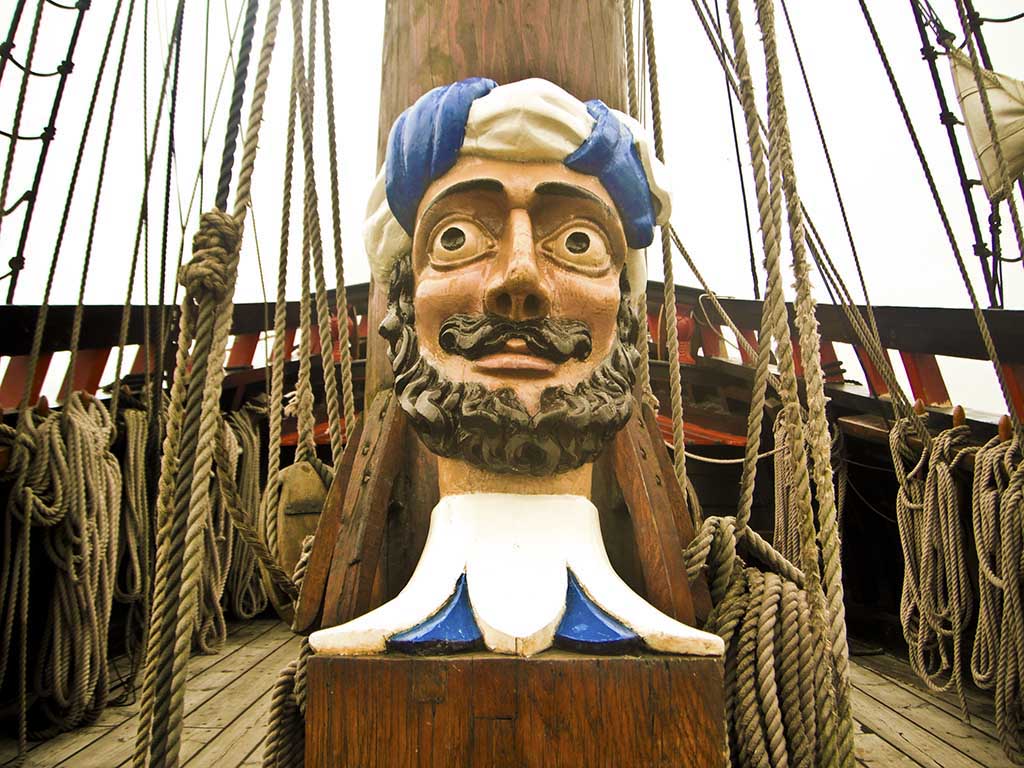
This area of the Zuider Zee saw a fair number of shipwrecks and the artifacts that were found in draining the sea are now housed in one of Lelystad’s attractions, the museum of the National Center for Maritime History. Alongside is the shipyard where volunteers using the same kind of tools used three decades ago are cutting huge trunks of oak into ribs and spars and carving whimsical and colorful decorations that make these ships works of art.
The oak comes from a forest planted by the Dutch East India Company a couple of centuries ago, on the assumption that the company and its wooden ships would rule the waves forever. Not only has wood been eclipsed as a hull material, the skills of crafting these ships have all but disappeared. Where once a shipyard like this could completely build and outfit a wooden galleon in as little as nine months, it can take a decade or more to complete one today, because the building today depends on volunteers with limited time, There’s also a fair amount of trial and error by people who are apprentices at the trade.
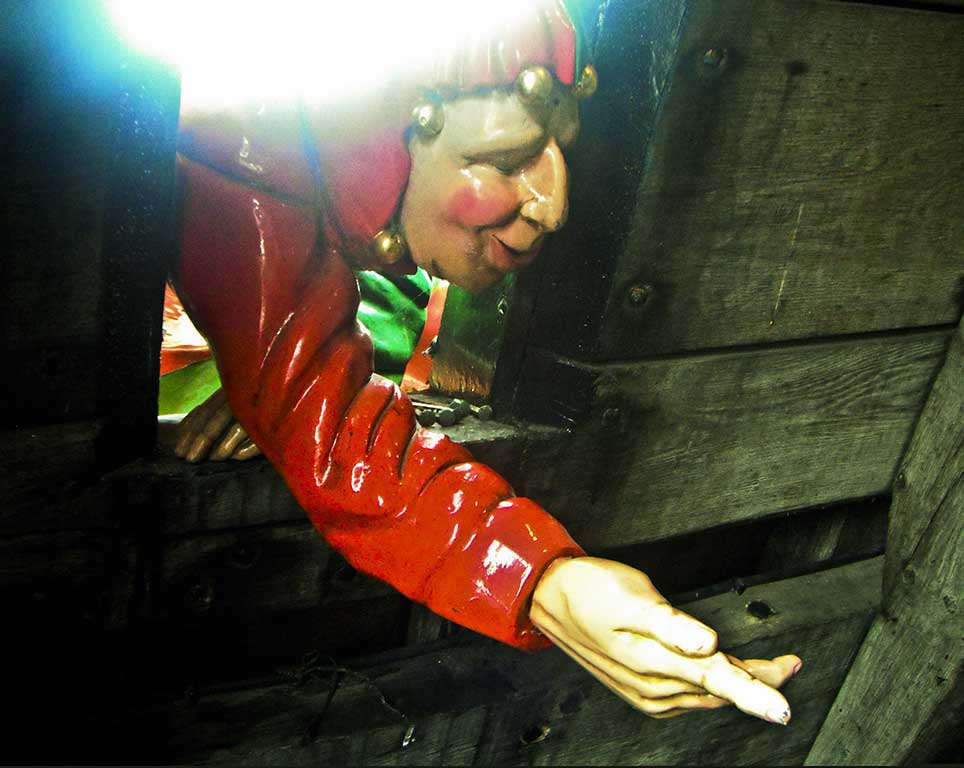
Fortunately, there’s a lot of interest in learning the crafts and a workshop is filled with students taking up the time consuming and intricate art of carving the gargoyles and trim that make these such remarkable vessels. Our tour first walks along scaffolds in the construction site of a ship called De Zeven Provincien. At the moment, this ship is still in its bare bones, the oak ribs of the hull appearing like the skeleton of a vast whale. It gives you the feel of the sheer bulk of wood needed to make a ship strong enough to head out to sea in the days before iron hulls.
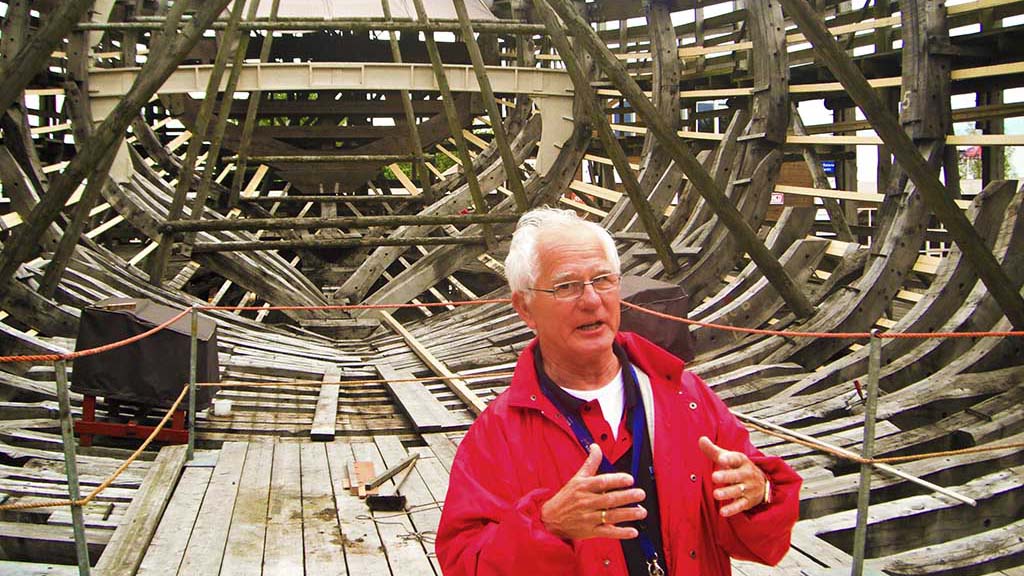
Nearby is a finished product: the Batavia, which is the pride of the shipyard. Its namesake was built in 1628, to carry more than 300 people, the supplies to feed them and the cannons to protect them in a space barely larger than a modern suburban family home. Its dark cargo holds below decks were reserved for the spices and silks that could make those who survived wealthy when they got home.
The original Batavia’s first and only voyage was ill fated from the beginning. The details of a mutiny plot, its wreck off Australia and the survival of its crew are too Hollywood for retelling here. The replica we can see today is a an eye opener in terms how beautiful a working ship can be. Brightly painted carvings and ornate trim make the ship seem as elaborate as an amusement park ride.
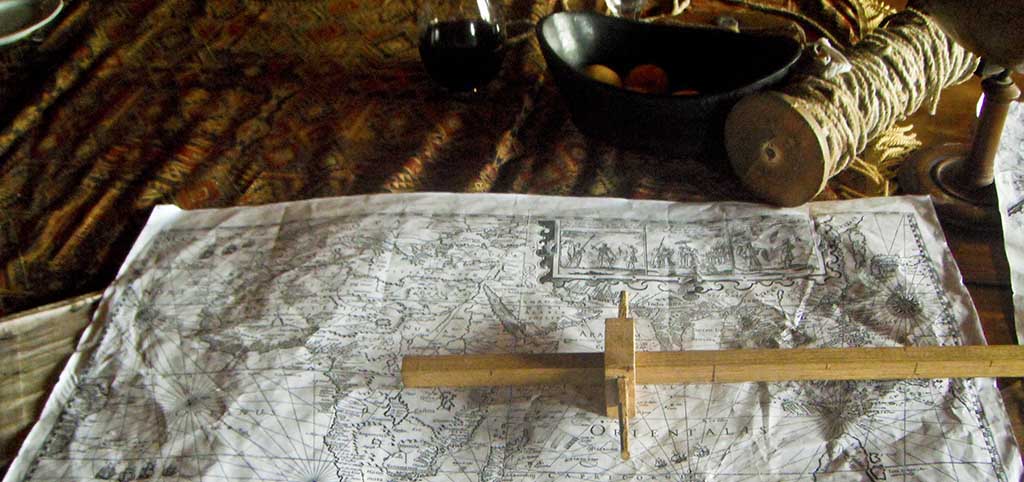
Living in its cramped spaces and sleeping on hammocks amid flocks of chickens and kegs of gunpowder must have been less than amusing, though. On the lower decks, there are no portholes to provide light and the ceilings are so low you literally have to crawl on your hands and knees. Out on deck, machinery and ropes leave little room for sitting. The work was almost continual, which was probably as well because there wasn’t much in the way of diversion for weeks at a time sailing around the coast of Africa.
I’m still not entirely clear what was in it for the poor sailors who did most of the work on these voyages. On some expeditions as many as two thirds of those who shipped out from Holland never made it home at all. For those fortunate enough to share in the payout at the end of a trip, though, there was a chance you’d never have to ship out again. Back on Avalon Vista, it was time for a toast in the ship’s comfortable accommodations to those who sailed in those early ships and to be grateful that cruise travel has come so far.
